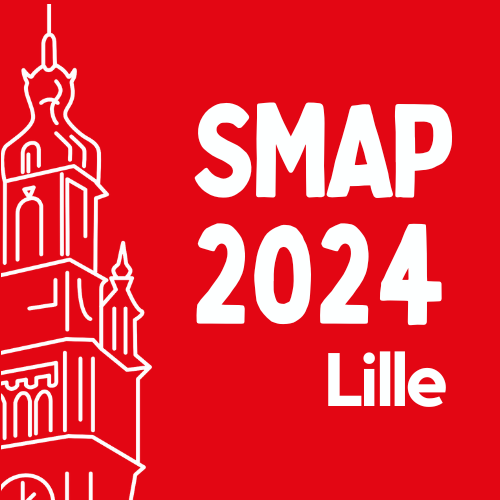
Session: Session 1
Proteomic analysis of amniotic fluid from Myelomeningocele fetuses unveils specific upregulation of nervous system development key proteins
Introduction: Myelomeningocele (MMC) is a congenital central nervous system malformation causing paraplegia, sphincter disorders, and potential neurocognitive impairments. This study aims to investigate the prenatal pathophysiology of MMC by comparing the proteomic profiles of amniotic fluid (AF) from MMC and healthy fetuses.
Methodology: AF samples from five bichorionic twin pregnancies (pilote study) and a cohort of 18 independant healthy and MMC fetuses at various gestational ages (validation study) were analyzed separately.
In the pilote study, AF was digested using FASP and peptides were fractionated in 4 fractions using high pH RP fractionation. Proteomic analysis was performed using a Q-Exactive Plus (ThermoFisher Scientific) in DDA mode and Maxquant for data analysis.
In the validation study, AF was digested using SP3 and peptides were analyzed on a timsTOF Pro mass spectrometer (Bruker Daltonics). The data was acquired using dia-PASEF. DIA-NN was used for data analysis. Bioinformatic analysis was performed using Perseus and R.
Results: Proteomic profiling in the pilote study allowed the quantification of ~1000 PGs, with a significant strong upregulation of 8 proteins related to nervous system development in MMC samples. Four of these proteins are substrates of the secretase BACE1. The validation study allowed the quantification of ~1600 PGs on average per sample and confirmed the upregulation of these 8 proteins. Additional proteins involved in axonogenesis, axon guidance and showing functions in binding with extracellular matrice components were also highlighted. Principal component analysis revealed disease state and gestational age both key factors in protein abundance regulation. We created time-dependent protein atlas of AF from 15 to 33 weeks of gestation.
Conclusion: DIA has allowed a comprehensive analysis of dysregulated proteins in AF, providing insights into the phenotypic and gestational age-related changes in MMC.